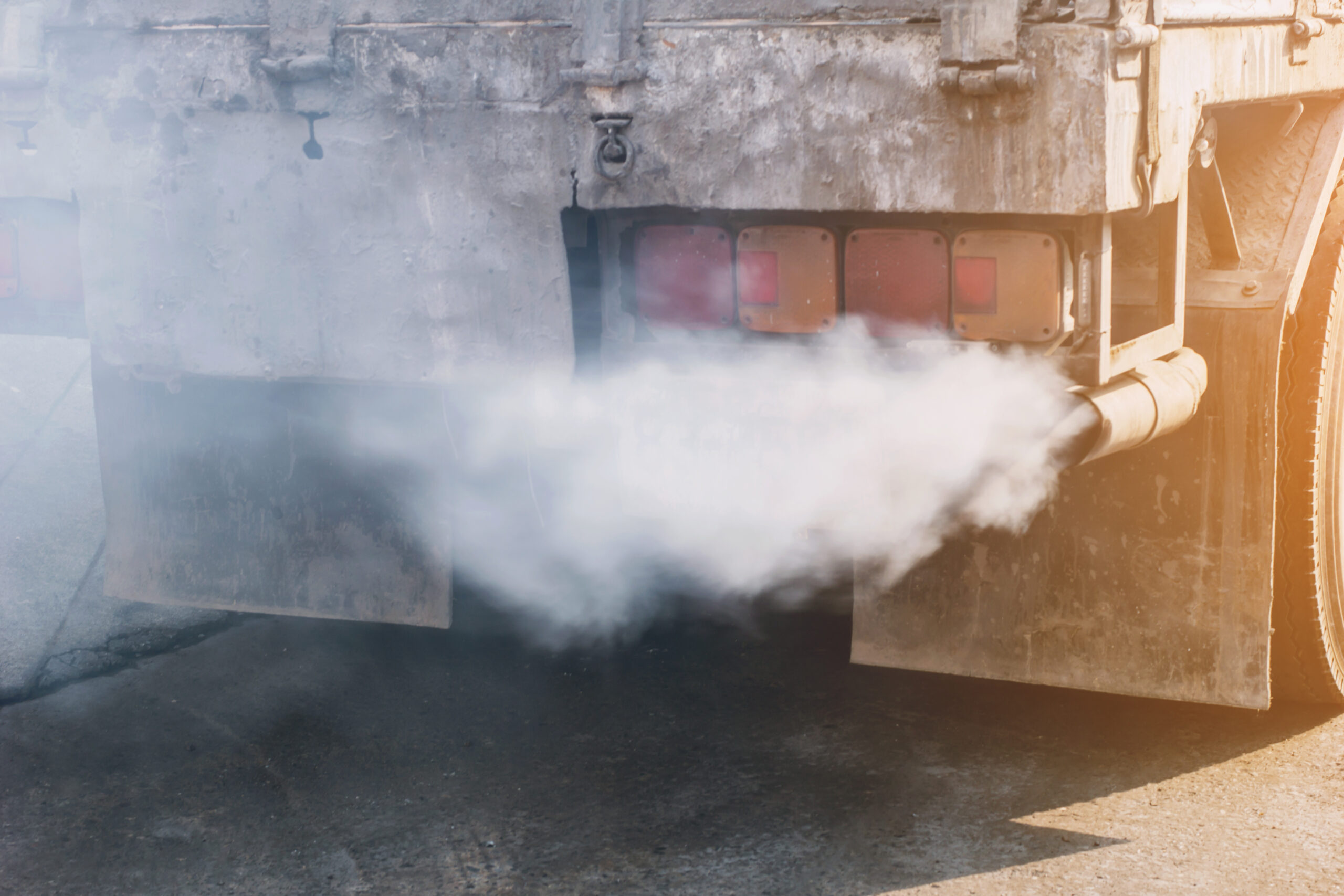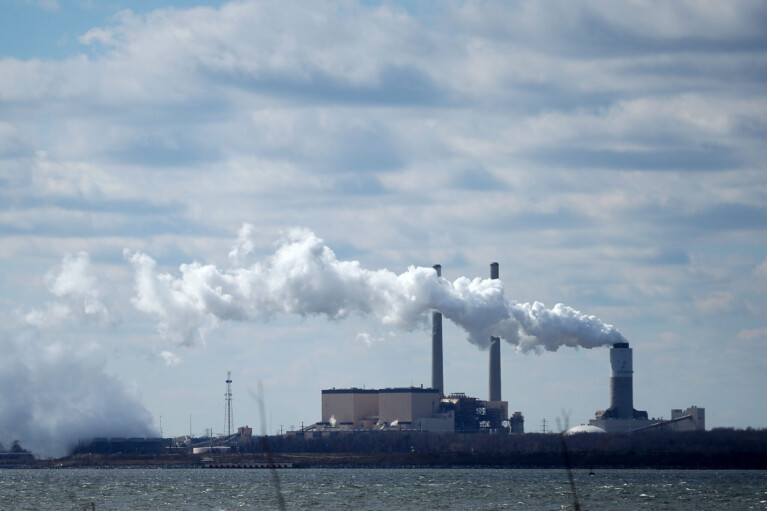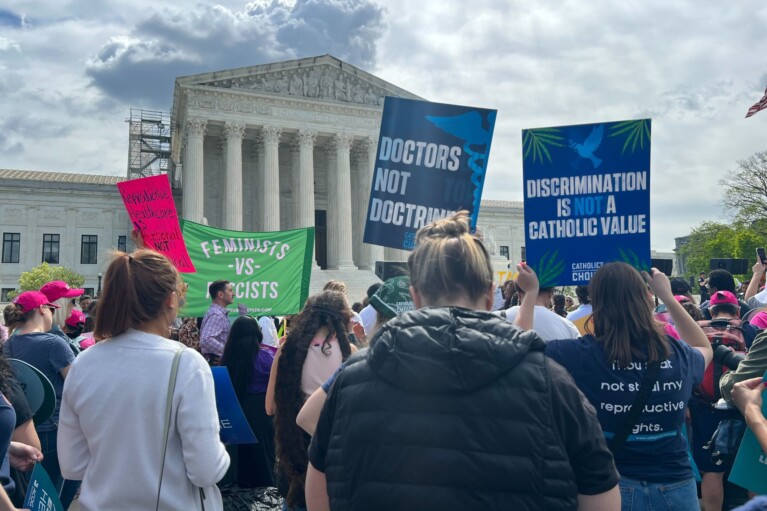New reports highlight climate, public health benefits of stricter Md. emissions goals for cars and trucks

As Maryland moves closer to adopting rules designed to reduce carbon emissions in the transportation sector, environmental groups on Wednesday released reports emphasizing the hazards of transportation pollution and outlining steps needed to improve air quality and public health and address the climate crisis in the state.
The studies were released as the Maryland Department of the Environment held a hearing Wednesday on the proposed Advance Clean Cars II rule, which would align the state with California’s aggressive goals for electric vehicle sales.
Both reports are heavy with government statistics and technical terms, but are meant to illustrate the short- and long-term impact of pollution from cars and trucks, especially in low-income communities across the state. An online news conference summarizing the reports featured environmental advocates, scientists, and residents of three Maryland communities of color that have been especially hard hit by transportation emissions — Perryman in Harford County, Brandywine in Prince George’s County, and Langley Park, which straddles the Prince George’s-Montgomery County line.
One report from the Sierra Club Maryland shows how hazardous nitrogen oxides (NOx) from vehicle pollution harms the health and safety of Marylanders, especially in urban environmental justice communities. The report found that 82% of Marylanders live in so-called non-attainment areas for ozone, meaning the air quality routinely falls short of federal standards. And it showed that about 41.3% of NOx in the state comes from cars and trucks.
“Our new ozone modeling supports what many communities in Maryland have known for years: Transportation is a major source of dangerous air and climate pollution. But Maryland has the power to change this devastating reality, and it should move quickly to do so,” said Sari Amiel, an associate attorney with Sierra Club’s Environmental Law Program. “Adopting stricter vehicle standards is critical to improving public health — including addressing the disproportionate rate of asthma for children in communities of color — and slashing climate-disrupting pollution.”
The report is meant to support the case that adoption of the Advanced Clean Cars II will be beneficial to the state, and augments comments that the Sierra Club submitted to the Maryland Department of the Environment on Wednesday in support of the rule. Environmental groups are also following the progress of the Advanced Clean Trucks Act, legislation from the recent General Assembly requiring the Department of the Environment to set standards for sales of new zero-emissions trucks. And they are supporting Department of the Environment rulemaking known as the Heavy Duty Omnibus, designed to significantly reduce tailpipe NOx emissions for on-road heavy-duty engines.
The Union of Concerned Scientists on Wednesday issued an accompanying report in conjunction with the Natural Resources Defense Council and Environmental Resources Management, which found that Marylanders will see many health, climate, and economic benefits of the Advanced Clean Trucks Act and Heavy Duty Omnibus rules by 2050.
Trucks and buses make up only 9% of the 4.2 million registered vehicles in the state, the report said, but account for 38% of nitrogen oxide pollution, 48% of fine particulate matter, and 21% of greenhouse gas emissions. According to the report, adopting these proposed rules for transportation would:
- Deliver net societal benefits of over $6.6 billion, including public health benefits and savings for fleet owners and utility customers
- Avoid nearly 88,000 respiratory illnesses, 150 premature deaths, and 141 hospital admissions and emergency room visits
- Save fleet owners $46 million annually by 2050, largely from savings on fuel and maintenance
- Attract $84 million per year in investments in public and truck depot-based electric vehicle charging infrastructure.
Adoption of these rules is also critical to meeting Gov. Wes Moore’s goals of reducing pollution in Maryland’s overburdened environmental justice communities and achieving Maryland’s climate commitments, which require statewide emission reductions of 60% by 2031, the environmental groups argued.
“Electrifying Maryland’s cars, trucks, and buses is a crucial step to address the climate crisis and clean up toxic air pollution,” said Kevin Shen, Northeast Transportation policy analyst/advocate at the Union of Concerned Scientists. “The technologies for this transformation are here today, and as our analysis confirms, the benefits are substantial.”




 Creative Commons Attribution
Creative Commons Attribution